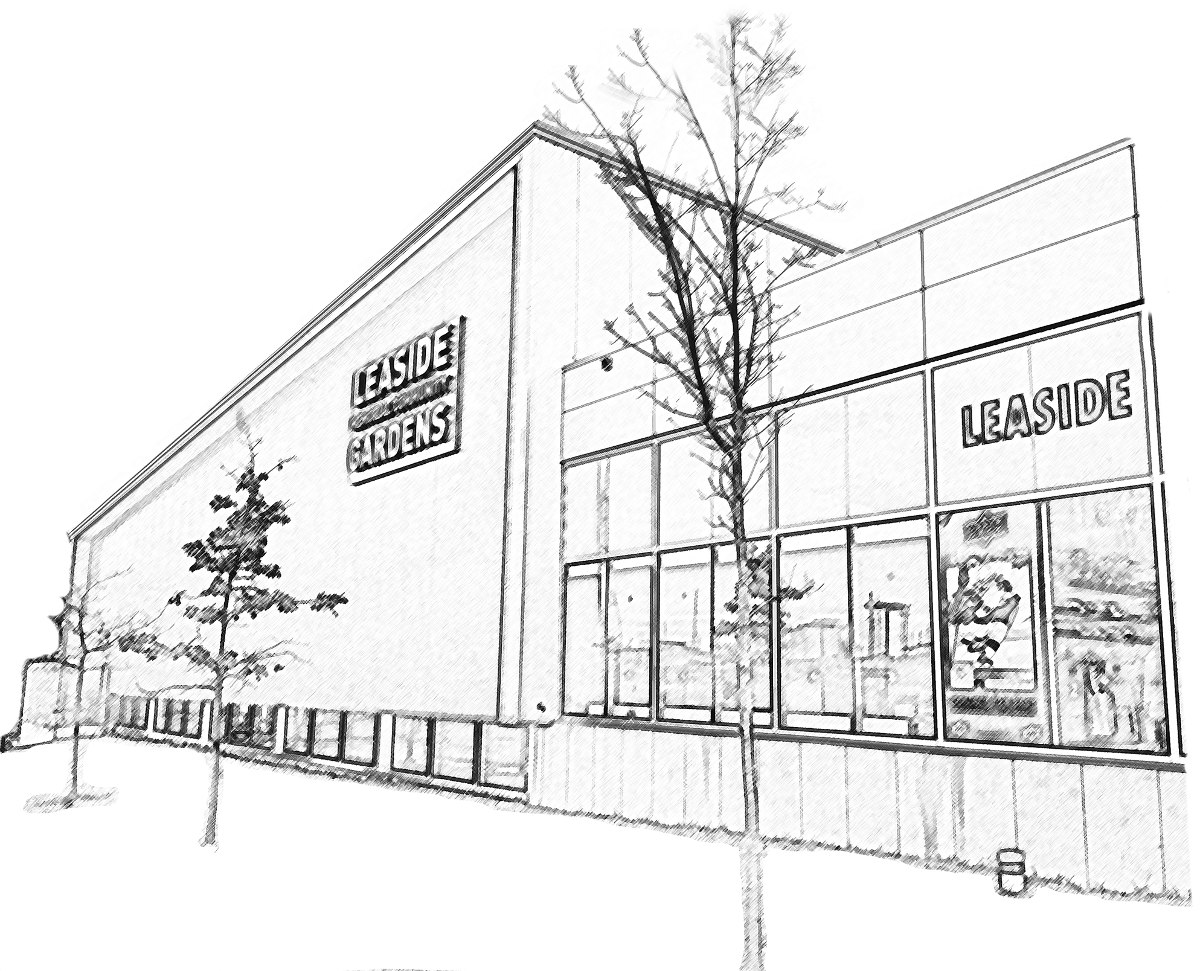
When Walter Naulls and his wife Evelyn decided to buy a house in Leaside, they figured that since the new homes in the town were all about the same price, why not take more than one?
The year was 1937. So with $500 down and a price of around $5,000 for each one, the Naulls got into the rental business.
They purchased five homes, scattered about open fields and dirt roads in South Leaside. Some were on Bessborough Dr., another on McRae which was one of the few paved streets that provided main access through the neighbourhood.
“The idea didn’t work out,” says their son, John Naulls, who still lives in Leaside with his wife Julie.
“During the war there was a rent freeze, so my parents sold all but one after the war was over, convinced that real estate investment in Leaside wasn’t such a good idea.”
Walter Naulls kept the home at 168 McRae and looked again for ways to supplement the family income.
Budgies were considered more acceptable pets than dogs at the time. “I remember 500 budgies in our basement on McRae,” says Naulls.
Then the family moved once more, this time “over the back fence” to a house on Crandall. They removed the fence so they could carry their furniture and belongings, including their feathered friends, from one house to another.
“There was my father at the end of the day,” says Naulls. “He was walking across the backyard into the new house with the last two birds, one in each hand.”
Breeding birds eventually became a hobby (there are no birds in the home today) and Walter Naulls played an important role in the growing town.
Up until the early 1940s, Leaside just had one policeman (an elderly gentleman called Sandy Bruce who rode about on a motorcycle). When the town council realized it was time to put together a proper force in 1944, Walter Naulls responded to an advertisement and became one of five Leaside policemen.
When the Town of Leaside was amalgamated into the City of Toronto in 1957, the police forces were combined. Naullsserved 27 years.
Memories of living with his dad as a policeman are vivid for John, who was born in 1944 and grew up with his brother Donald, first in the McRae and then the Crandall home.
“I remember one day, my dad actually put me into the old jail on McRae” (in the basement of the fire hall). On other occasions his father would take him along while he directed traffic at the entrance to the Thorncliffe Race Track. John hid in the bushes to watch but was warned never to take his bike near the “shady” illegal gamblers who gathered along the southern edge.
During the 1930s small rivers, called “riverlets,” were not uncommon in the town. “Our neighbour used to tell us that she caught frogs and small fish in her backyard,” remembers Naulls. But these riverlets were filled in as houses were built. By the ‘40s almost all the structures in town were in place.
“Every house was occupied by young families,” recalls Naulls. “Our backyards were separated by short wire fences and us kids were constantly scrambling over them to play with each other.”
A favourite spot was Millwood Park (now known as Trace Manes), where there was a small library, a treed area with tall fir trees along McRae Dr., a massive swing set, one tennis court, a wading pool and in winter two outdoor rinks—one at the baseball diamond and another in the open area.
As a student at both Bessborough and Leaside High, Naulls has memories of many influential teachers, including “Lefty” Baggs, a retired World War II fighter pilot who taught grade 7.
“Lefty was kind, understanding and fair,” notes Naulls, “and everything I ended up doing was because of his influence.” Lefty particularly recognized John’s interest in flying and promised to take his student for his first plane ride if he achieved a good mark.
The ride in a two-seater plane included roll-overs and flying upside down. “It made me really sick,” Naulls says, “and my ears rang for three days.” But the experience was so powerful that by 18 he had his own pilot’s licence.
When he married, Naulls gave up flying and worked as a cartographer for 30 years. When his parents put their home up for sale in 1979, Naulls and his wife bought it and moved into Crandall where they raised their son David and daughter Patricia.
Many in the neighbourhood remember Naulls on staff at the Bessborough Day Care (my own son still quotes from the wisdom of what “Mr. Naulls” would have said), or teaching local history to the grades 7 and 8 classes.
In the late ‘90s, Naulls was one of a group asked to compile research for a book on Leaside by Jane Pitfield. Although initially assigned to work on policing and firefighting in the area, Naulls uncovered a treasure of research hidden in old town council notes.
For two years, he read and compiled what he found in the Leaside Town Council records, 1913-1967, to provide content for the book,
So strong was his interest that he drafted his own map to attempt to place various interest points of 1934, including how Laird Dr. was originally the main street and where the original farms were located.
Modestly, Naulls claims he did what “anyone could have done,” but his work is a testament to one man’s immense interest and contribution to his community.




